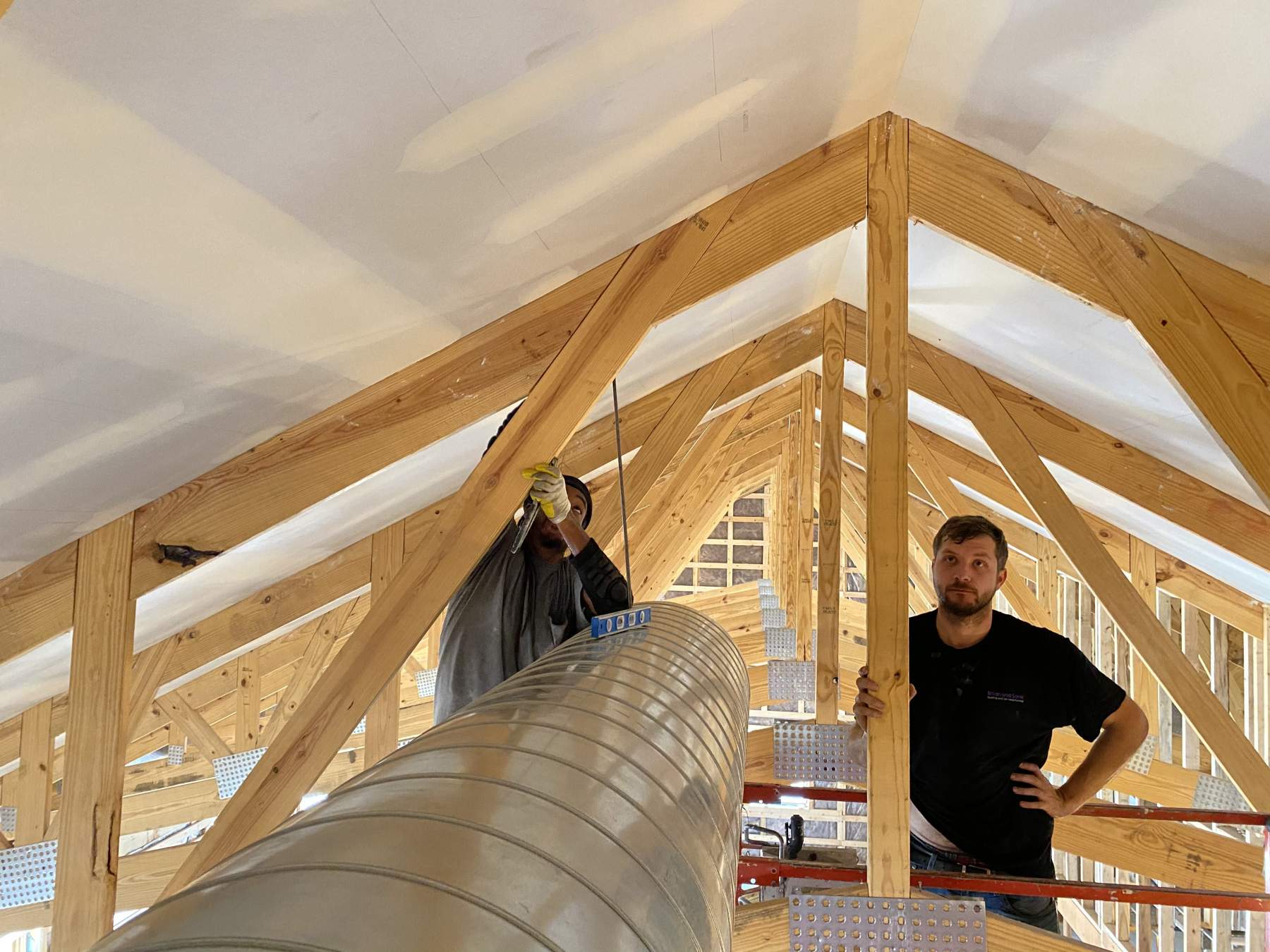

Articles
When Is HVAC Installed In New Construction
Modified: October 18, 2024
Discover the best time to install HVAC systems in new construction projects with our informative articles. Gain valuable insights and make informed decisions for your project.
(Many of the links in this article redirect to a specific reviewed product. Your purchase of these products through affiliate links helps to generate commission for Storables.com, at no extra cost. Learn more)
Introduction
Welcome to the world of new construction! Whether you are a homeowner building your dream house or a developer embarking on a large-scale project, one important aspect you cannot overlook is HVAC installation. HVAC, which stands for Heating, Ventilation, and Air Conditioning, is crucial for creating a comfortable and healthy indoor environment.
Proper HVAC installation in new construction is vital for several reasons. It ensures that the building is equipped with efficient heating and cooling systems, improves indoor air quality, and reduces energy consumption. However, HVAC installation in new construction involves complex processes and requires careful planning and execution.
In this article, we will explore the various factors that affect HVAC installation in new construction and provide guidelines on how to choose the right system. We will also discuss the benefits of proper installation and address common challenges that may arise during the process.
So, let’s dive into the world of HVAC installation in new construction and discover the key elements for a successful project!
Key Takeaways:
- Proper HVAC installation in new construction is essential for creating a comfortable, healthy, and energy-efficient indoor environment. Factors such as climate, building size, and energy efficiency goals play a crucial role in selecting the right system.
- Thorough design, planning, and coordination with builders are vital for successful HVAC installation. Proper sizing, efficient ductwork design, and energy-efficient equipment contribute to enhanced comfort, improved indoor air quality, and long-term cost savings.
Factors Affecting HVAC Installation in New Construction
When it comes to HVAC installation in new construction, there are several factors that need to be taken into consideration. These factors can impact the design, sizing, and placement of HVAC systems, as well as the overall performance and efficiency. Here are some key factors that play a crucial role in HVAC installation:
- Climate: The climate of the location where the building is being constructed is a significant factor in determining the HVAC system requirements. For example, buildings in hot and humid climates will require robust cooling systems, while those in cold climates will focus more on heating solutions.
- Building Size and Layout: The size and layout of the building directly influence the HVAC installation. Larger buildings may require multiple HVAC units or zoning systems to adequately heat and cool different areas. The layout of the building also affects the distribution of air and the positioning of vents and ductwork.
- Building Orientation: The orientation of the building plays a role in how it is exposed to the sun and wind. Proper consideration of the building’s orientation allows for the utilization of natural light and ventilation, reducing the reliance on artificial lighting and improving energy efficiency.
- Insulation and Air Sealing: Insulation and air sealing are critical for maintaining energy efficiency and reducing heating and cooling loads. Buildings with proper insulation and air sealing will require smaller HVAC systems, resulting in lower installation costs and energy consumption.
- Building Codes and Regulations: Each region has specific building codes and regulations that dictate the HVAC installation requirements. These codes ensure safety, energy efficiency, and environmental sustainability. It is crucial to comply with these codes to avoid legal issues and potential penalties.
- Energy Efficiency Goals: Many building projects strive to achieve high energy efficiency levels to reduce carbon footprint and operating costs. Energy-efficient HVAC systems, such as those with high SEER and AFUE ratings, should be installed to meet these goals and possibly qualify for incentives or certifications.
By considering these factors during the HVAC installation process in new construction, builders and homeowners can ensure a comfortable and energy-efficient indoor environment for years to come. It is crucial to consult with HVAC professionals and engineers who can assess these factors and design a system that meets the specific needs of the building.
The Role of Design and Planning
Design and planning are crucial stages in HVAC installation for new construction. Proper design and planning ensure that the HVAC system is properly sized, optimally positioned, and seamlessly integrated into the building’s structure. Here are some key aspects to consider when it comes to the role of design and planning in HVAC installation:
- Load Calculation: One of the first steps in design and planning is conducting a load calculation. This involves assessing the heating and cooling loads of the building based on factors such as insulation, building orientation, and climate. Accurate load calculations allow HVAC professionals to determine the appropriate capacity and equipment for efficient operation.
- System Selection: Based on the load calculation results, the appropriate HVAC system type can be selected. This could include options such as central air conditioning, heat pumps, furnaces, or a combination of these. The chosen system should align with the building’s requirements and energy efficiency goals.
- Ductwork Design: Ductwork design is another critical aspect of the HVAC installation process. The design should ensure balanced air distribution and minimal air leakage. Properly designed ductwork prevents pressure imbalances, reduces energy waste, and ensures consistent temperature control throughout the building.
- Zoning and Controls: Zoning is the process of dividing the building into separate heating and cooling zones, allowing for individual temperature control. This is particularly useful in buildings with different occupancy patterns and thermal characteristics. Control systems should also be designed to provide ease of use and energy-saving features, such as programmable thermostats.
- Ventilation and Indoor Air Quality: Designing an effective ventilation system is crucial for maintaining good indoor air quality. Adequate ventilation rates, filtration systems, and humidity control measures should be incorporated into the HVAC design. This promotes a healthy and comfortable living or working environment for occupants.
- Sustainability and Energy Efficiency: Design and planning should also take into account sustainability and energy efficiency goals. This includes the selection of energy-efficient equipment, incorporating renewable energy sources, and utilizing technologies like energy recovery ventilation and smart controls. These strategies minimize energy consumption and decrease the building’s environmental impact.
Overall, thorough HVAC design and planning are essential for achieving optimal performance, energy efficiency, and occupant comfort. Engaging with experienced HVAC professionals and engineers early in the construction process ensures that all design and planning considerations are properly addressed and integrated into the HVAC installation for new construction projects.
Installing HVAC Systems during Construction
Installing HVAC systems during the construction phase requires careful coordination between the HVAC contractor, builders, and other trades involved in the project. Here are the key steps involved in the installation process:
- Coordination with Builders: To ensure a smooth installation process, the HVAC contractor needs to work closely with the builders and other contractors involved in the construction project. This coordination allows for proper planning of HVAC equipment placement, ductwork routing, and access to mechanical rooms or roof spaces.
- Pre-installation Site Inspection: Before commencing the installation, the HVAC contractor should conduct a pre-installation site inspection. This involves assessing the construction progress, verifying the location of walls, ceilings, and electrical systems, and ensuring the availability of necessary resources and equipment for installation.
- Rough-In Stage: The rough-in stage involves the installation of the HVAC system’s main components, such as the furnace or air handler, outdoor condenser or heat pump unit, and ductwork. This phase is typically completed before insulation, drywall, and flooring installation, allowing easy access to the necessary areas for HVAC components and ductwork placement.
- Ductwork Installation: The ductwork is a crucial component of the HVAC system, responsible for distributing conditioned air throughout the building. Ducts should be installed in accordance with the design plan, considering factors such as airflow balance, insulation, and sealing to prevent air leakage. Properly installed ductwork ensures efficient and even air distribution within the building.
- Equipment Installation: The HVAC equipment, such as the furnace, air conditioner, or heat pump, should be installed according to manufacturer’s guidelines and local building codes. This includes proper mounting, connecting supply and return lines, electrical wiring, and refrigerant lines. The installation should also consider accessibility for routine maintenance and servicing.
- Electrical and Control Wiring: Proper electrical and control wiring is essential for the functioning of the HVAC system. Wiring should be installed by qualified electricians, ensuring that all connections are secure and circuits are properly labeled. Control wires are used for connecting thermostats, sensors, and controls, allowing for seamless operation and temperature regulation.
- System Testing and Commissioning: Once the installation is completed, the HVAC system needs to undergo thorough testing and commissioning. This involves checking for proper airflow, refrigerant charge, and system performance. Any necessary adjustments or repairs are made to ensure optimal functionality and efficiency.
By following these installation steps and ensuring proper coordination and communication among the various stakeholders, HVAC systems can be successfully installed during the construction phase. Adhering to best practices and industry standards ensures the reliability, efficiency, and longevity of the HVAC system in the newly constructed building.
Guidelines for HVAC Installation in New Construction
When it comes to HVAC installation in new construction, following certain guidelines can help ensure a successful and efficient installation process. Here are some key guidelines to consider:
- Engage HVAC Professionals: It is essential to involve qualified HVAC professionals early in the construction process. They can assist in the design, planning, and installation of the HVAC system, ensuring compliance with local codes and regulations while achieving optimal performance and energy efficiency.
- Proper Sizing: HVAC systems should be properly sized to meet the specific heating and cooling needs of the building. Oversized systems waste energy and undersized systems struggle to maintain a comfortable indoor environment. Conducting accurate load calculations based on factors like insulation, building orientation, and occupancy helps determine the appropriate system capacity.
- Efficient Ductwork Design: The design and installation of ductwork are crucial for efficient airflow distribution. Ducts should be properly sized and installed to minimize air leaks, pressure imbalances, and temperature variations. Consider using insulated ducts in unconditioned spaces to prevent heat gain or loss.
- High-Quality Insulation: Proper insulation is vital for energy efficiency and indoor comfort. Insulate walls, floors, and ceilings to minimize heat transfer and reduce the load on the HVAC system. Insulated equipment and ductwork also help prevent condensation and maintain optimal system performance.
- Quality Air Filtration: Incorporate high-quality air filters in the HVAC system to enhance indoor air quality. Filters should have proper MERV ratings, capturing airborne particles and allergens. Regular filter maintenance and replacement ensure optimal system performance and cleaner indoor air.
- Energy-Efficient Equipment: Choose energy-efficient HVAC equipment with high SEER (Seasonal Energy Efficiency Ratio) and AFUE (Annual Fuel Utilization Efficiency) ratings. Energy-efficient systems help reduce operating costs and minimize the building’s environmental impact. Look for ENERGY STAR certified products which meet strict energy efficiency standards.
- Proper Ventilation: Adequate ventilation is crucial for maintaining good indoor air quality. Design the HVAC system to incorporate ventilation strategies that introduce fresh outdoor air while removing stale air. Consider using energy recovery ventilation systems to improve energy efficiency by transferring heat or coolness between the outgoing and incoming air streams.
- Maintenance and Service Accessibility: Ensure that the HVAC system is designed for easy maintenance and servicing. Plan for adequate space around equipment, clear access to filters, and easy accessibility to mechanical rooms or rooftop units. Regular maintenance and servicing prolong the lifespan of the system and help maintain optimal performance.
By following these guidelines, builders and homeowners can ensure the successful installation of an efficient and reliable HVAC system in their new construction project. Consultation with HVAC professionals and adherence to industry best practices contribute to a comfortable and energy-efficient indoor environment.
HVAC systems are typically installed in new construction during the later stages of the building process, after the framing, roofing, and windows are in place. It’s important to coordinate with the HVAC contractor to ensure proper placement and sizing of the system.
Choosing the Right HVAC System for New Construction
Choosing the right HVAC system for new construction is a critical decision that directly impacts the comfort, energy efficiency, and long-term performance of the building. Here are some key factors to consider when selecting the HVAC system:
- Building Size and Layout: Consider the size and layout of the building to determine the HVAC system’s capacity and configuration. Larger buildings may require multiple HVAC units or zoning systems to efficiently heat or cool different areas. The layout also affects the positioning of vents and ductwork.
- Climate and Location: The climate of the building’s location plays a significant role in HVAC system selection. Hot and humid climates require robust cooling solutions, while cold climates focus on efficient heating options. Consider temperature ranges, humidity levels, and seasonal variations to choose the appropriate system for optimal comfort.
- Energy Efficiency: Energy efficiency is a crucial factor in selecting an HVAC system. Look for Energy Star certified systems that meet stringent efficiency standards. Systems with high SEER (Seasonal Energy Efficiency Ratio) ratings for cooling and high AFUE (Annual Fuel Utilization Efficiency) ratings for heating ensure energy savings and reduced operating costs.
- Indoor Air Quality: Indoor air quality is critical for occupant health and comfort. Choose HVAC systems with proper air filtration, humidity control, and ventilation capabilities. Consider options like HEPA filters, UV lights, or energy recovery ventilation systems to improve air quality and prevent allergens, pollutants, and mold growth.
- Budget: Consider your budget for the HVAC system, including both installation costs and long-term operating expenses. While it may be tempting to choose the least expensive option, it is important to balance initial costs with energy efficiency and performance. Investing in a high-quality and efficient system may lead to long-term savings.
- Future Expansion and Flexibility: If there are plans for future building expansions or renovations, consider HVAC systems that allow for flexibility and easy integration. Modular or scalable systems can be expanded or modified to meet changing needs, minimizing disruptions and additional expenses down the line.
- Warranty and Support: Evaluate the warranty, customer support, and service offerings provided by HVAC manufacturers or suppliers. A reliable warranty and accessible support can provide peace of mind and assistance in case of any system issues or required repairs.
It is important to consult with HVAC professionals who can assess the building’s specifications, energy requirements, and occupants’ needs to recommend the most suitable HVAC system. They can guide you through the selection process, considering all these factors and ensuring that your new construction project is equipped with an efficient and sustainable HVAC system.
Benefits of Proper HVAC Installation in New Construction
The proper installation of an HVAC system in new construction offers numerous benefits, ensuring a comfortable and energy-efficient indoor environment. Here are some key advantages of investing in the proper installation of an HVAC system:
- Enhanced Comfort: A properly installed HVAC system provides optimal heating and cooling, maintaining a comfortable indoor temperature year-round. It ensures even distribution of conditioned air, eliminating hot or cold spots and creating a consistently comfortable environment for occupants.
- Improved Indoor Air Quality: Proper HVAC installation includes features like air filtration, ventilation, and humidity control systems. These components help remove dust, allergens, pollutants, and excess humidity from the indoor air, resulting in improved indoor air quality and a healthier living or working environment.
- Energy Efficiency: A well-installed HVAC system operates efficiently, reducing energy consumption, and lowering utility costs. Energy-efficient equipment, proper insulation, duct sealing, and programmable thermostats contribute to energy savings by optimizing system performance and reducing wasted energy.
- Lower Operating Costs: By selecting an energy-efficient HVAC system and implementing proper installation practices, the operating costs of the system can be significantly reduced. Reduced energy consumption leads to lower utility bills, providing long-term cost savings for homeowners or building owners.
- Environmental Sustainability: Proper HVAC installation contributes to environmental sustainability by reducing carbon footprint and energy consumption. Energy-efficient systems emit fewer greenhouse gases, conserve natural resources, and support efforts toward greater environmental responsibility and sustainability.
- Long-Term Durability: When installed correctly, an HVAC system operates at its optimal efficiency, reducing strain on its components and extending its lifespan. Proper installation practices, regular maintenance, and timely repairs ensure the longevity of the system and minimize the need for costly replacements.
- Compliance with Building Codes and Standards: Proper HVAC installation ensures compliance with local building codes and regulations. This compliance not only avoids legal issues and penalties but also guarantees the safety and well-being of occupants. Meeting building codes also promotes energy efficiency and environmental sustainability.
- Enhanced Resale Value: A properly installed HVAC system adds value to the property and enhances its marketability. Homebuyers and investors consider efficient HVAC systems as a significant aspect when making purchase decisions. Proper installation increases the overall appeal of the property and can potentially increase resale value.
By investing in proper HVAC installation in new construction, homeowners, and building owners can enjoy enhanced comfort, improved indoor air quality, energy savings, and environmental sustainability. Seeking professional assistance during installation ensures that all these benefits are realized and contributes to a successful and efficient HVAC system operation for years to come.
Common Challenges and Solutions during HVAC Installation
The installation of an HVAC system in new construction can come with its fair share of challenges. However, understanding these challenges and implementing effective solutions can ensure a smooth and successful installation process. Here are some common challenges and their corresponding solutions:
- Coordination with Other Trades: Coordinating with other trades, such as electricians, plumbers, and construction crews, can be a challenge during HVAC installation. The solution is to establish clear communication and a well-defined timeline with all parties involved. Regular meetings and updates can help avoid scheduling conflicts and ensure a seamless integration of the HVAC system with other building components.
- Space Limitations: Limited space for equipment placement or ductwork routing can present challenges during installation. The solution is to work with HVAC professionals who can provide solutions tailored to the specific space constraints. This may involve utilizing compact equipment, custom fabrication of ducts, or exploring alternative installation configurations.
- Design and Equipment Compatibility: Incompatibility between the HVAC system design and the building’s infrastructure can cause installation challenges. The solution is to involve HVAC professionals and engineers during the design phase to ensure compatibility and evaluate any potential issues. Flexibility in design and equipment selection allows for adjustments based on the building’s specific requirements.
- Code Compliance: Meeting local building codes and regulations can be a challenge during HVAC installation. The solution is to work closely with HVAC professionals who have in-depth knowledge of these codes. They can guide the installation process to ensure compliance, conduct inspections, and handle any necessary paperwork to avoid legal issues or penalties.
- Ductwork Installation and Airflow Balancing: Improper ductwork installation and airflow balancing can lead to uneven temperature distribution and reduced system efficiency. The solution is to engage experienced HVAC contractors who specialize in ductwork installation. They can perform detailed calculations, properly size the ductwork, and ensure proper sealing and insulation. Additionally, airflow balancing can be achieved through careful adjustment of dampers and register airflow settings.
- System Performance Testing and Commissioning: Testing and commissioning the HVAC system to verify optimal performance can be a challenge. The solution is to conduct thorough testing by qualified professionals, ensuring that the system operates according to design specifications. System performance parameters such as airflow, temperature differentials, and refrigerant charge should be measured and adjusted as necessary to achieve optimal performance and efficiency.
- Training and Customer Education: Providing proper training and educating customers on system operation and routine maintenance can be a challenge. The solution is to offer comprehensive training sessions and provide detailed user manuals. Offering ongoing support and regularly communicating with customers about system maintenance and troubleshooting can help address any concerns and ensure the longevity and optimal operation of the HVAC system.
By being aware of these common challenges and implementing the appropriate solutions, HVAC installation in new construction can be a seamless and successful process. Working alongside knowledgeable HVAC professionals and addressing these challenges proactively will result in a well-functioning and efficient HVAC system for the building.
Conclusion
Proper HVAC installation in new construction is crucial for creating a comfortable, healthy, and energy-efficient indoor environment. By considering various factors such as climate, building size, layout, and energy efficiency goals, builders and homeowners can select the right HVAC system that meets their specific needs.
The role of design and planning cannot be overstated when it comes to HVAC installation. Thorough load calculations, efficient ductwork design, and proper equipment selection are essential for optimal system performance and longevity.
During the construction process, coordination with builders and other trades is key to ensuring a smooth installation. Addressing common challenges, such as limited space and code compliance, requires effective communication and collaboration among all stakeholders.
The benefits of proper HVAC installation are numerous. Enhanced comfort, improved indoor air quality, energy efficiency, and lower operating costs contribute to a healthier and more sustainable living or working environment. Additionally, a well-installed HVAC system adds value to the property and enhances its resale potential.
In conclusion, investing in proper HVAC installation in new construction is a wise decision that pays off in the long run. By consulting with HVAC professionals, following guidelines, and addressing common challenges, builders and homeowners can enjoy the benefits of a reliable, efficient, and comfortable HVAC system for years to come. Remember, a well-designed and properly installed HVAC system is the key to creating a space where people can thrive and enjoy optimal comfort.
Frequently Asked Questions about When Is HVAC Installed In New Construction
Was this page helpful?
At Storables.com, we guarantee accurate and reliable information. Our content, validated by Expert Board Contributors, is crafted following stringent Editorial Policies. We're committed to providing you with well-researched, expert-backed insights for all your informational needs.
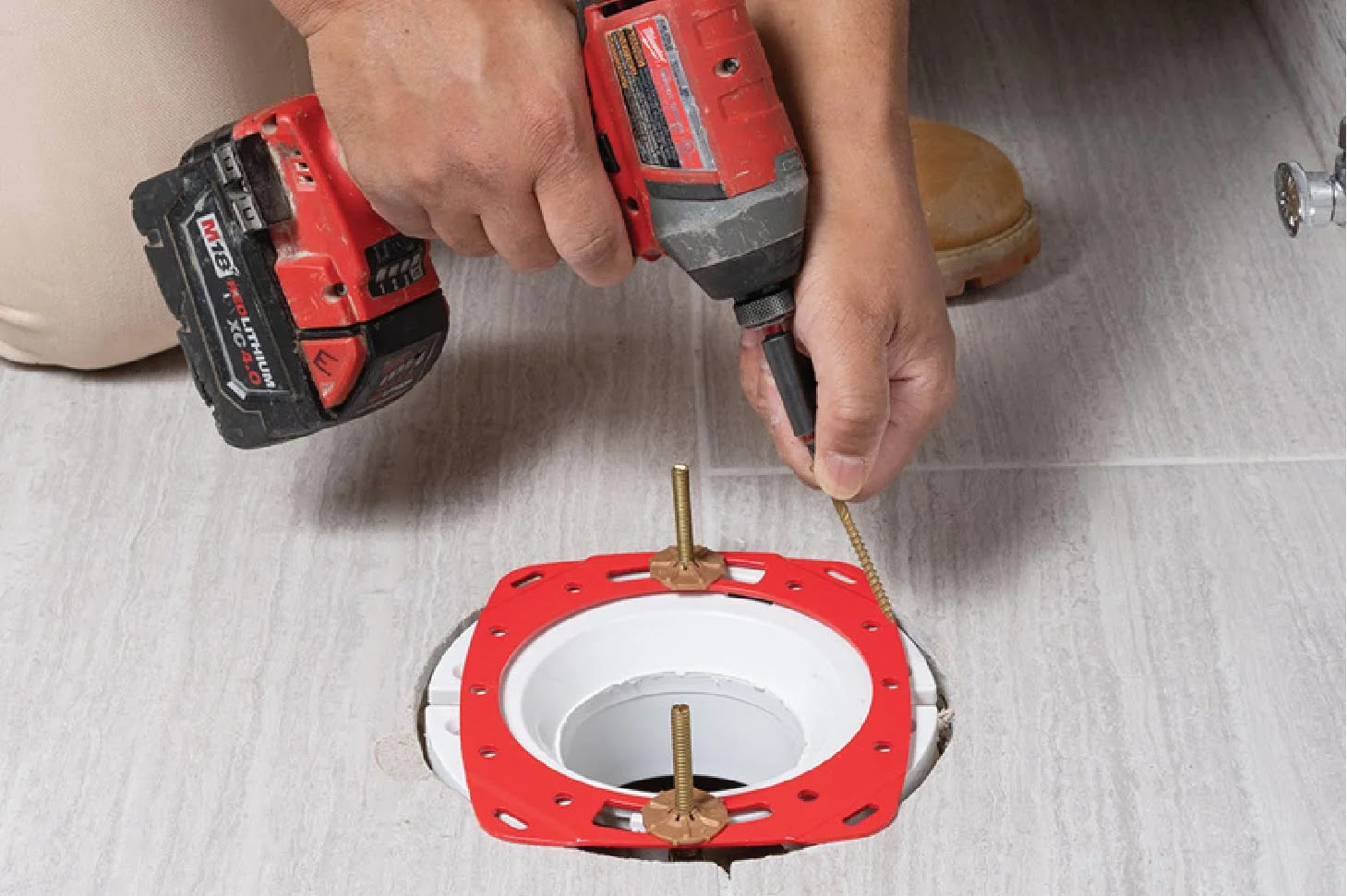
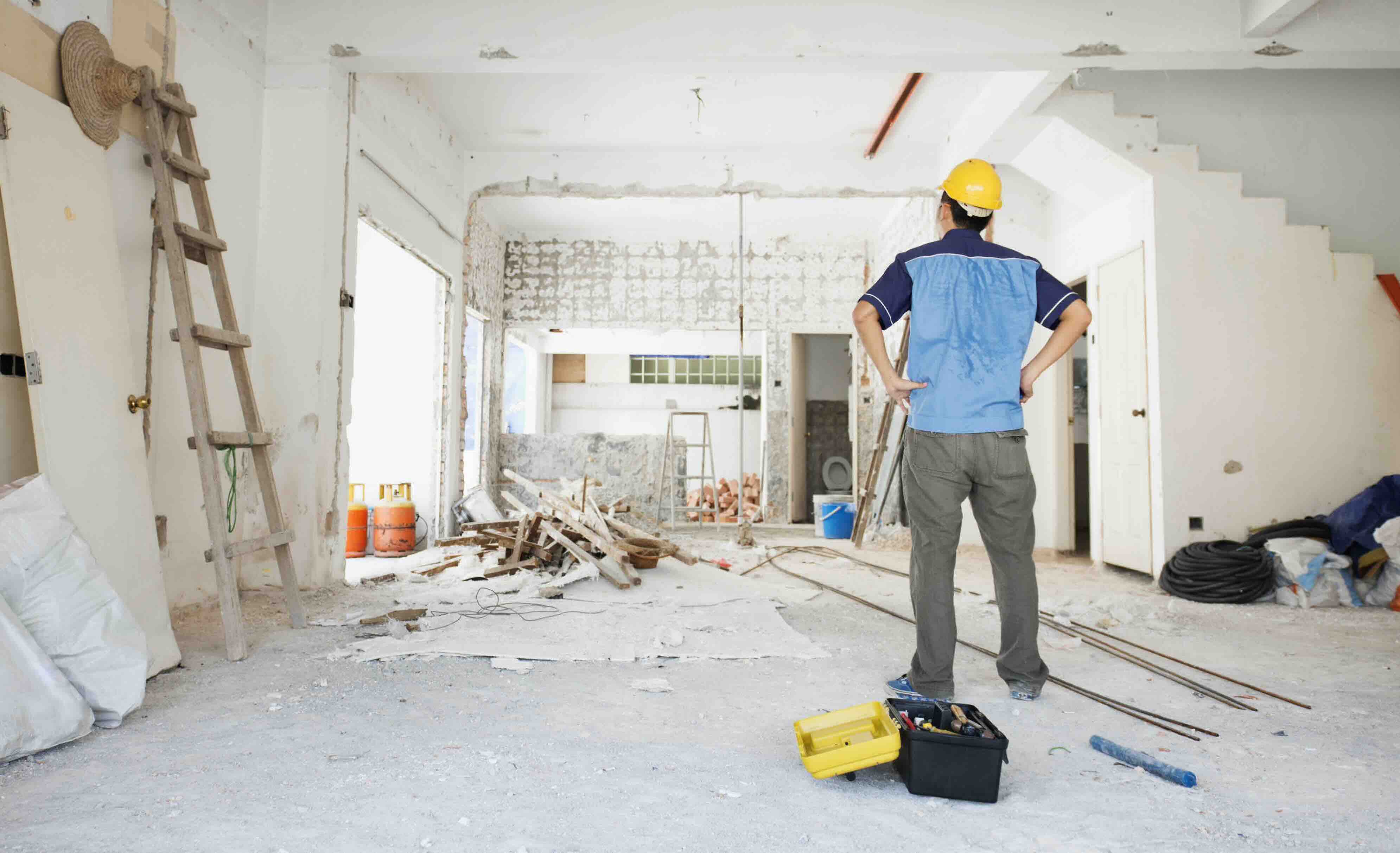
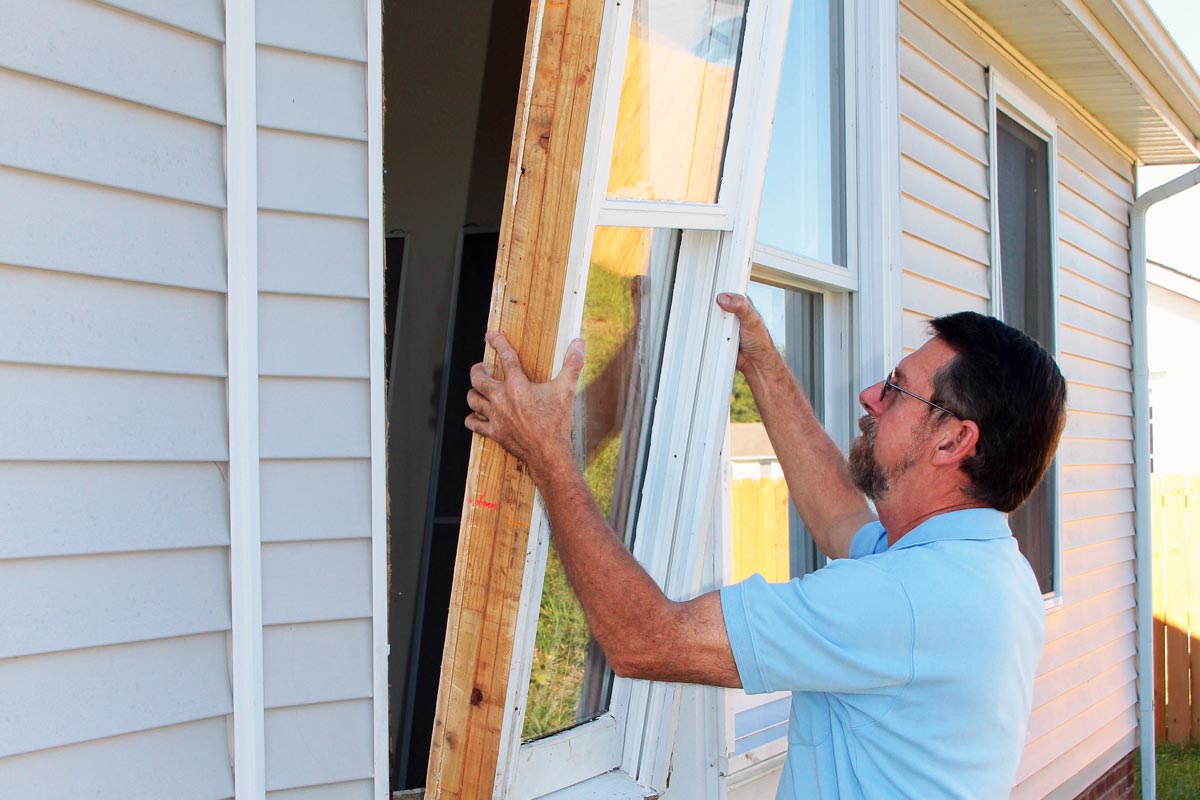
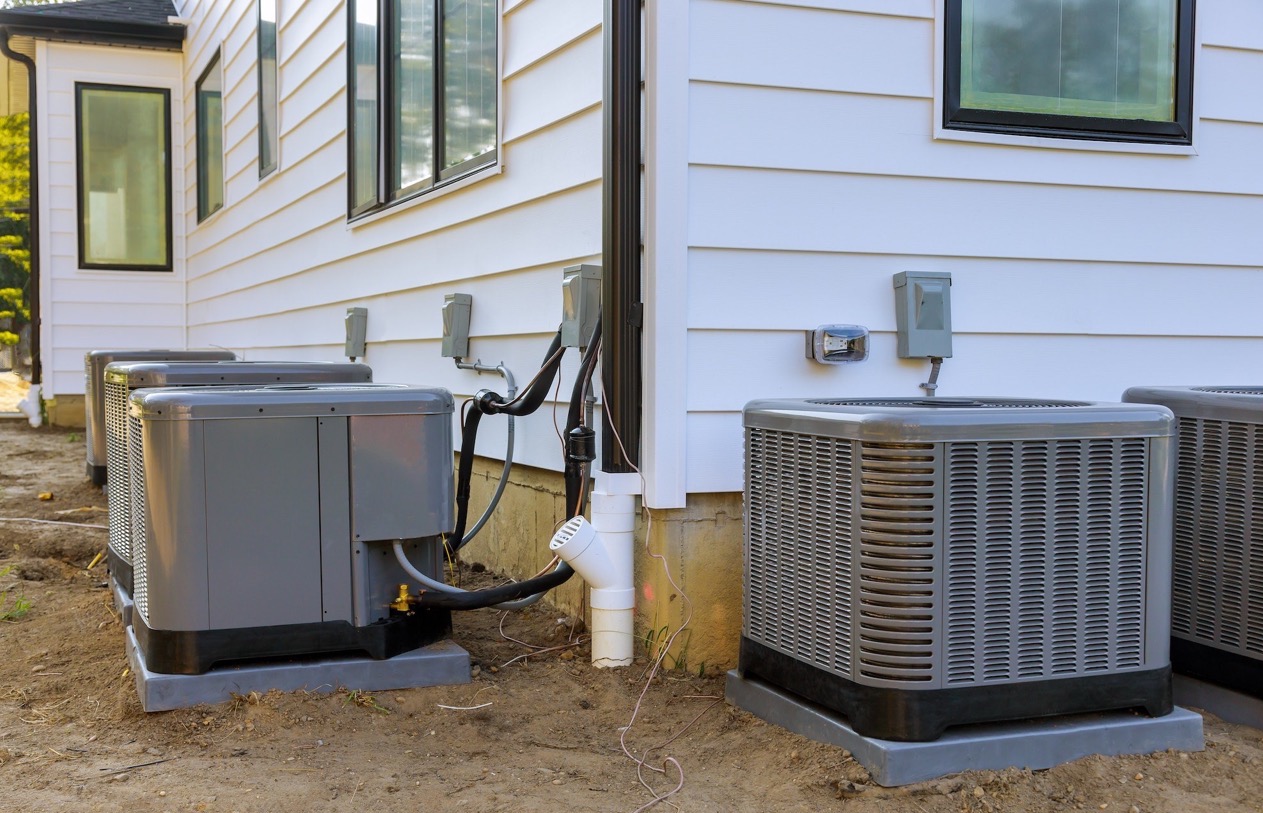
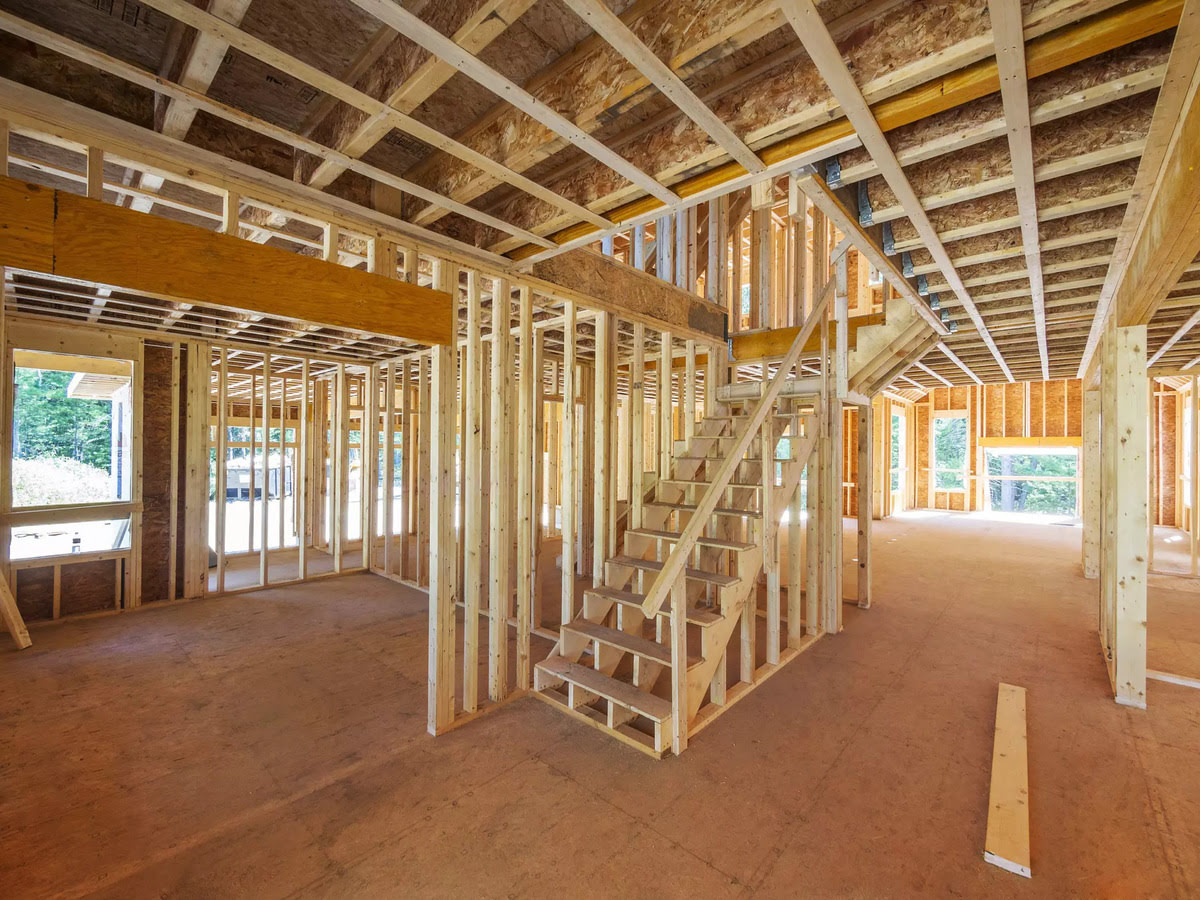
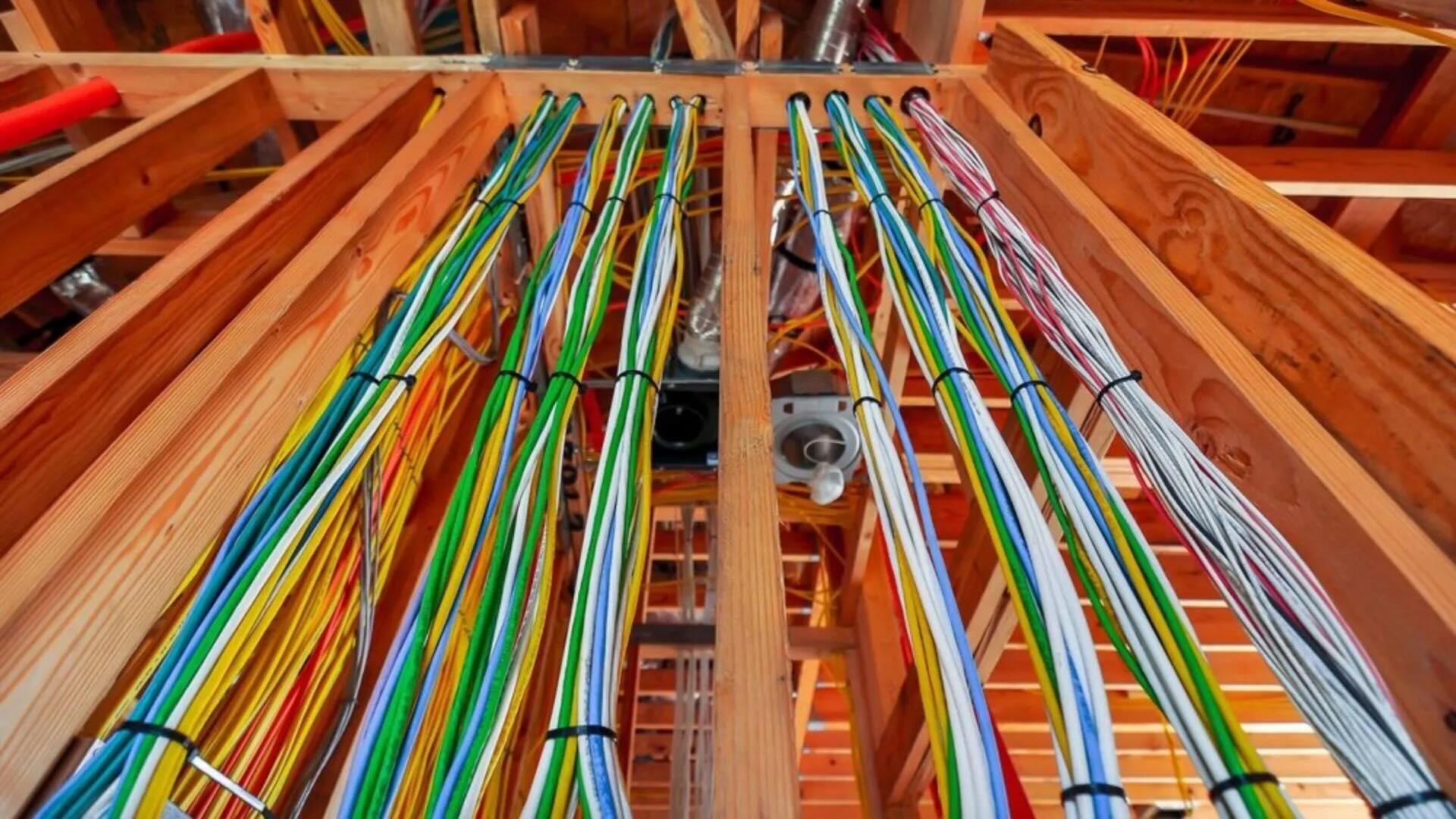
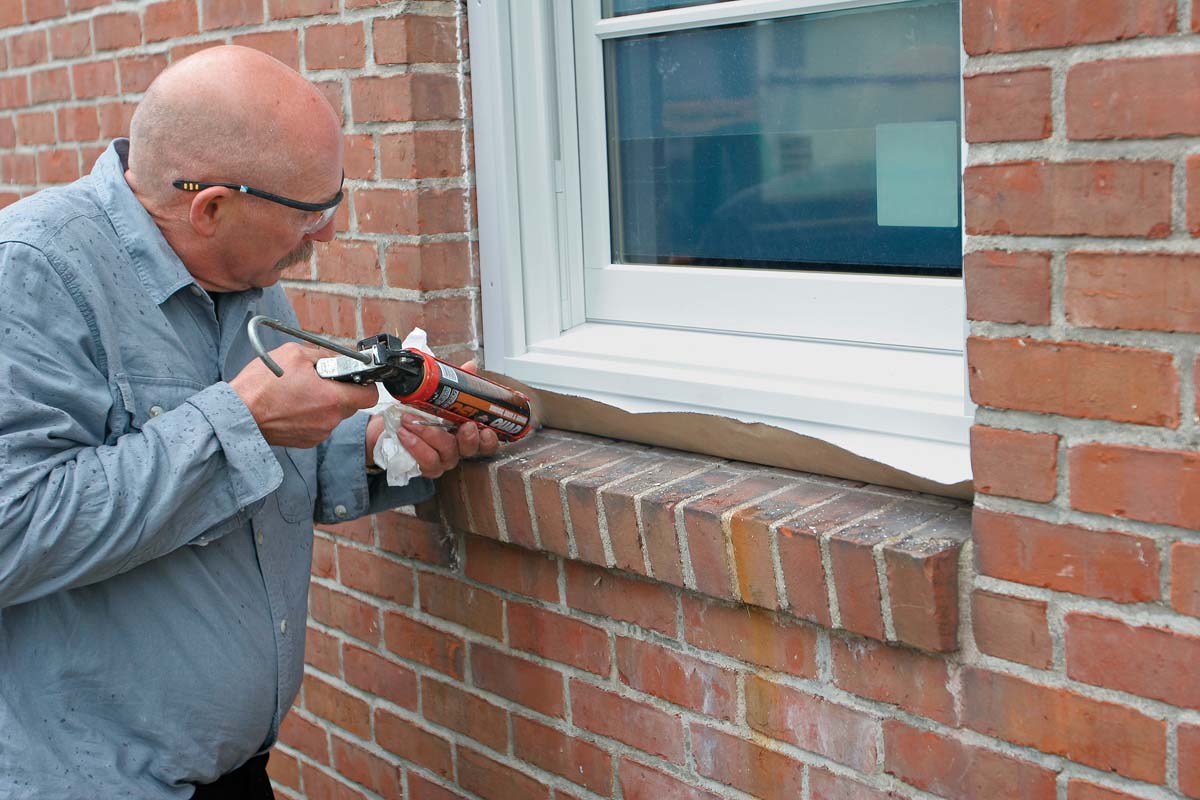
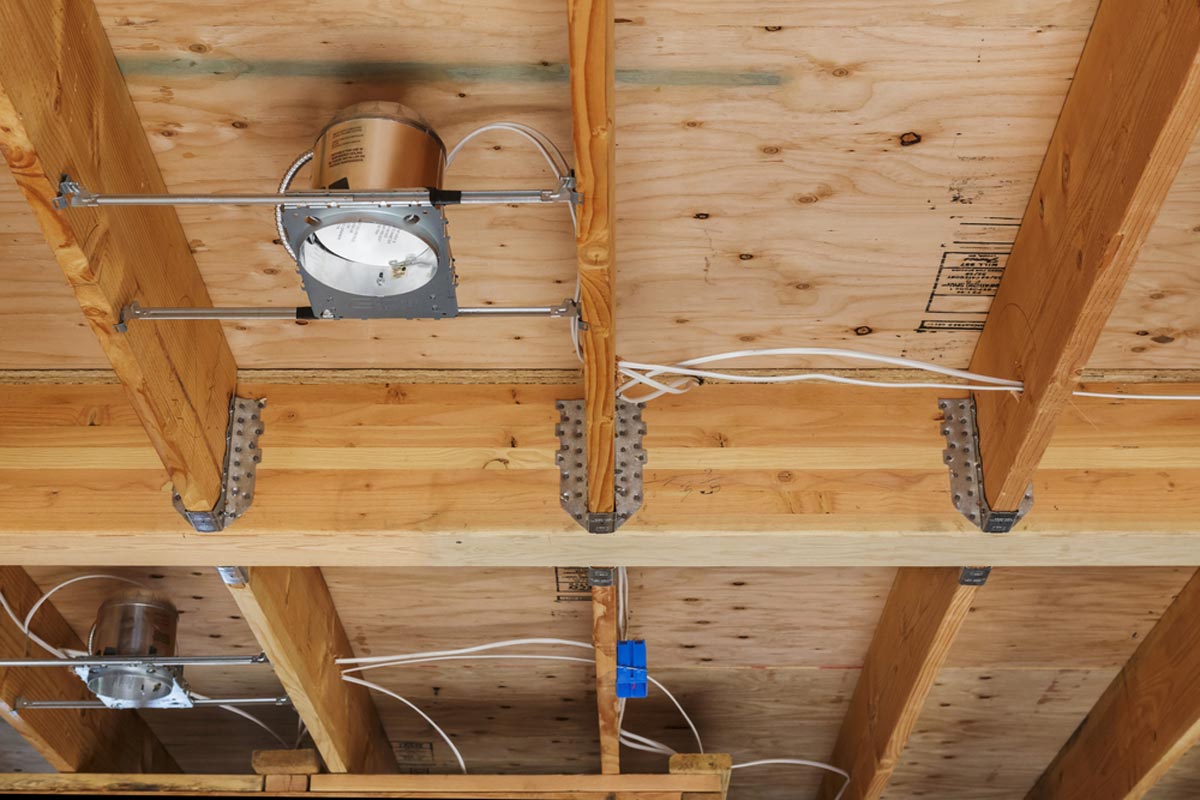

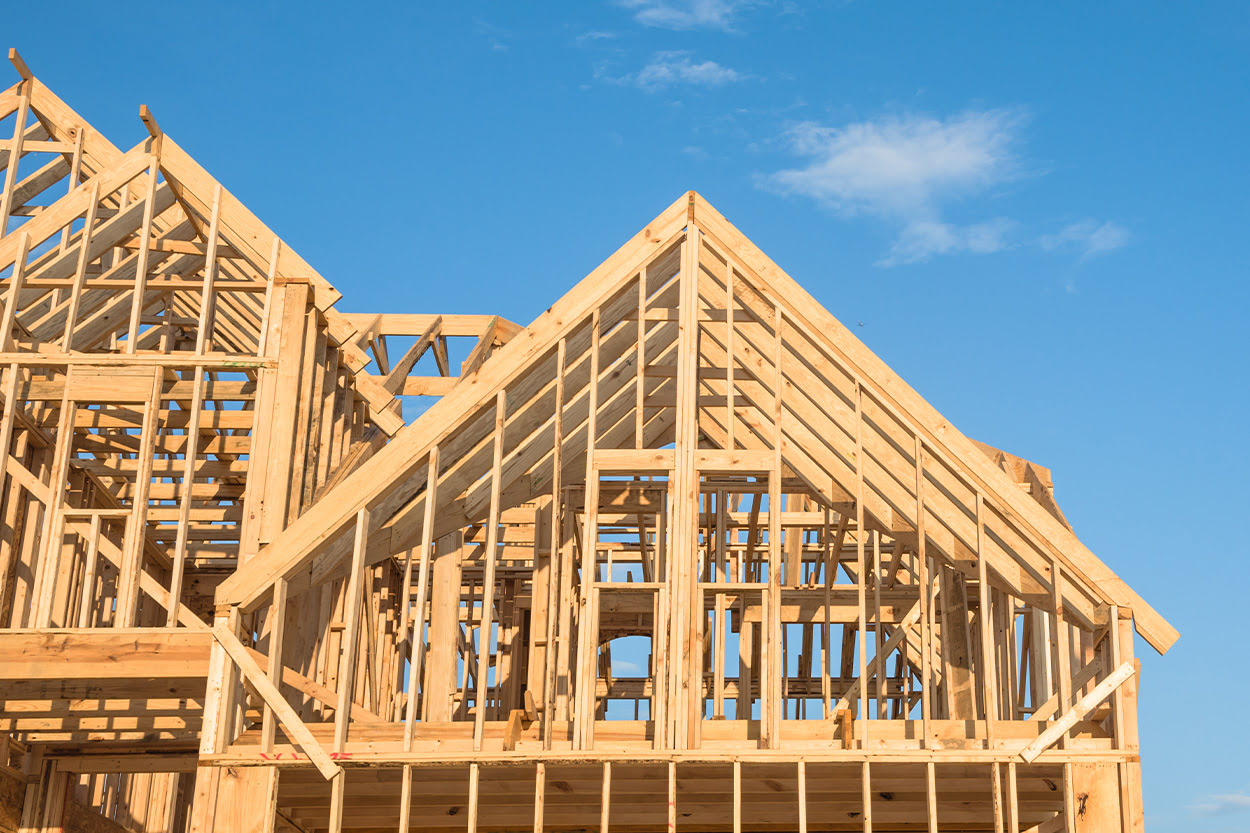
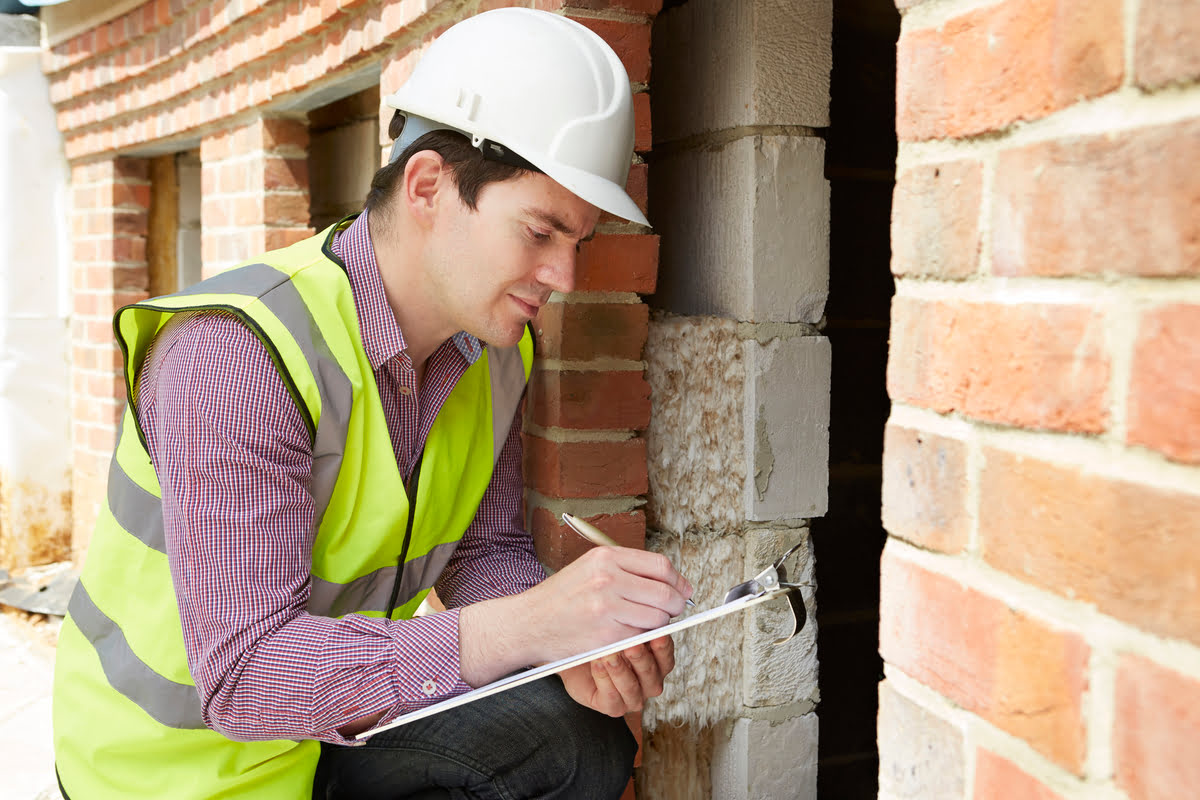




0 thoughts on “When Is HVAC Installed In New Construction”